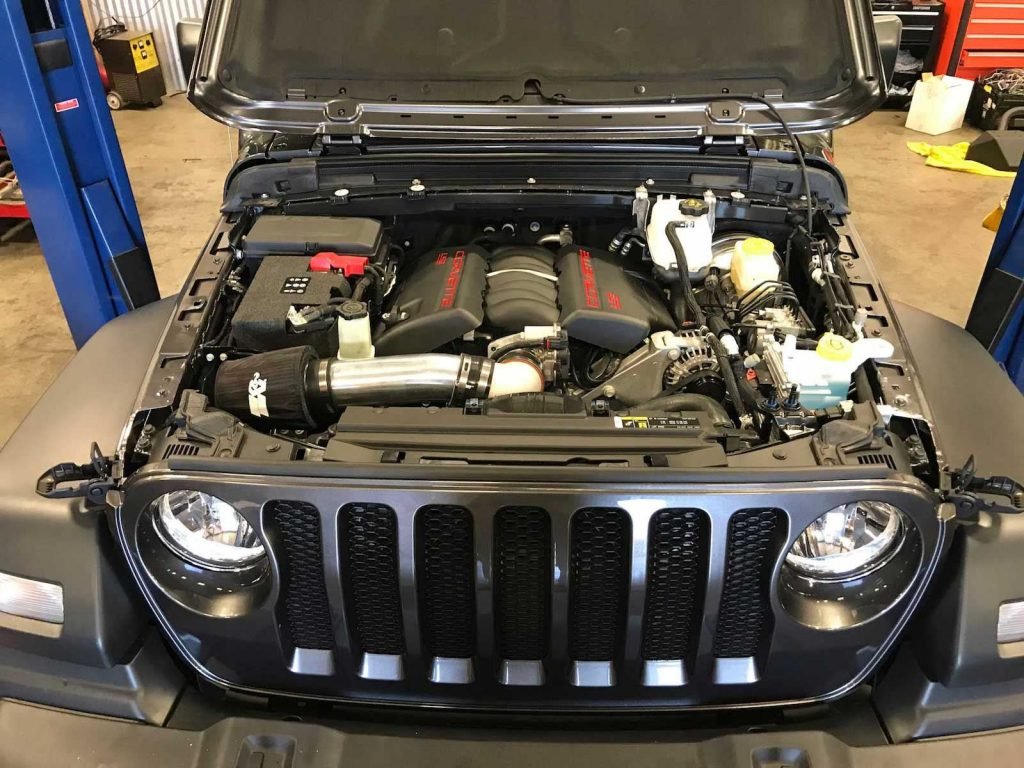It doesn’t have wings, but it looks like it could fly.
In honor of the last year of production for the legendary Lotus Elise and Exige lightweight sports cars, the brand announced final editions of both earlier this month as a new chapter gets underway. But Lotus has plans beyond new road-going sports cars and has just revealed the sensational E-R9.
As a design study for an all-electric next-generation endurance racer, the E-R9 serves as a potential preview of what a Le Mans racer could look like in the year 2030. E-R stands for Endurance Racer and 9 is the competition number that is a throwback to the marque’s racing past. In 1955, the Lotus Mark IX was the car in which the race team debuted at Le Mans.
 Lotus
Lotus
 Lotus
Lotus


Lotus has also looked to its colorful motorsport heritage, culminating in no less than 13 F1 championship victories, in choosing the E-R9’s black and gold color scheme. With its canopy positioned in what’s referred to as a “delta-wing upper body”, the E-R9 looks more like a fighter jet that just happens to have four wheels attached to it.
The racer is distinguished by ‘morphing’ body panels with active surfaces that can take on a different shape or attitude. This ability, whether controlled by the driver or executed automatically, improves the cornering downforce and reduces drag on the straights. There are vertical control surfaces located at the back that assist the E-R9 with rapid changes of direction.
 Lotus
Lotus
 Lotus
Lotus


The electric drivetrain directs power to each wheel independently and includes a torque-vectoring system. This is a development of the technology used in the Lotus Evija hypercar, although the E-R9 setup deviates by being adjustable by the driver while the car is in motion.
“What we’ve tried to do is to push the boundaries of where we are technically today and extrapolate into the future,” said Richard Hill, Lotus’ chief aerodynamicist. “Lotus has an amazing history of developing unique solutions, and we’ve done it many times in motorsport and with our road cars.”
The team expects to be able to ‘hot-swap’ batteries during pit stops before 2030, an important aspect of endurance racing for EVs. Let’s hope that in just under a decade, the E-R9 takes to the world’s leading circuits.



